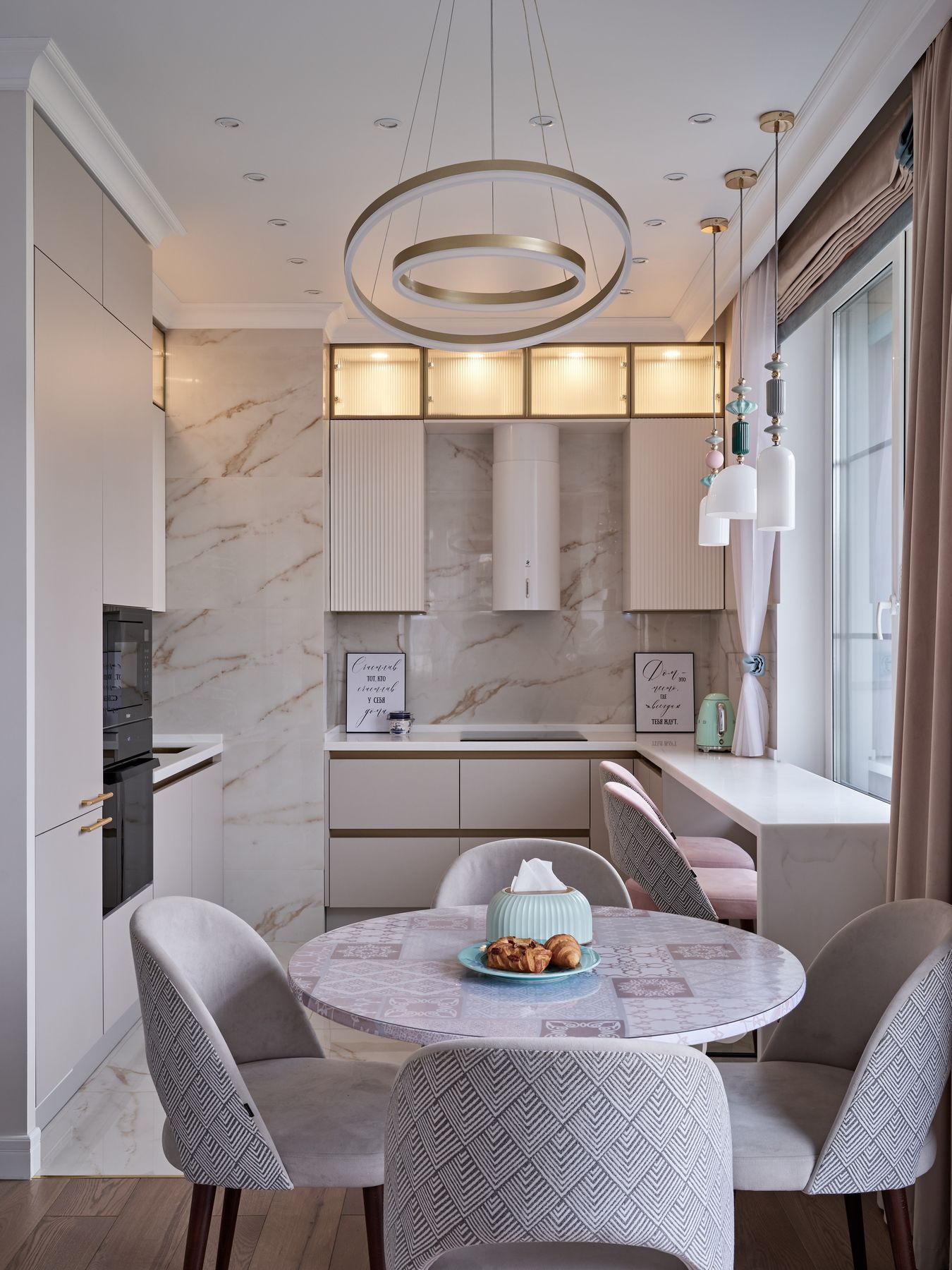
Reimagining a Culinary Haven: A Fresh Take on Kitchen Design
The kitchen, often considered the heart of the home, is a place where culinary creativity comes alive and families gather to share meals and memories. In an era where home cooking is enjoying a renaissance, the design of a culinary haven is more important than ever. As we look to the future, a redesigned kitchen space can transform the cooking experience, combining aesthetics, functionality, and technology in ways that inspire both novice cooks and seasoned chefs alike.
Innovative Layouts Tailored for Efficiency
The traditional kitchen triangle, with its stove, sink, and refrigerator at optimal locations, has served its purpose well. However, modern culinary haven redesign envisions layouts that are customized to the user's cooking habits and preferences. This could mean creating distinct zones for prep work, cooking, and cleaning, or incorporating versatile kitchen islands that can serve as both a prep station and a casual dining area. The aim is not just to beautify the space but to streamline cooking processes, reducing unnecessary movement and creating a more enjoyable culinary experience.
Smart Technology Integrations
Technology continues to revolutionize the culinary world, and a redesigned haven should embrace this evolution. From smart ovens that can be controlled remotely to refrigerators that help track your food inventory, integrating smart appliances and gadgets can elevate the cooking and dining experience. Additionally, built-in charging stations and spots for smart speakers or displays ensure that recipes and how-to videos are at your fingertips, making it easier than ever to try new dishes or cooking methods.
Materials and Aesthetics That Inspire
The visual aspects of a kitchen can deeply influence the culinary experience. The redesign of a culinary haven should focus on materials that are both beautiful and durable. Natural stone countertops, sleek cabinetry, and hardwood or tile flooring can transform the space into a room that’s both functional and breathtaking. Moreover, incorporating elements like under-cabinet lighting and thoughtfully placed task lighting can enhance the ambiance and make precise food preparation easier.
Eco-Friendly Approaches
Sustainability is at the forefront of modern design, and kitchens are no exception. Redesigned culinary havens can feature energy-efficient appliances, bamboo or reclaimed wood surfaces, and composting systems that reduce waste and promote a greener lifestyle. By choosing materials and products that have minimal environmental impact, we can create kitchens that not only look good but also are kind to the planet.
Enhancing Comfort and Accessibility
A culinary haven should be welcoming and accessible to everyone. This entails ergonomic design that accommodates all ages and abilities, from adjustable counter heights to pull-out shelves and drawers that minimize the need to reach or bend. A redesigned kitchen should also include comfortable seating areas that encourage socializing and relaxation, making the kitchen a versatile space for cooking, dining, and gathering.
Conclusion
A reimagined culinary haven goes beyond superficial changes to truly enhance the cooking and dining experience. By combining efficient layouts, smart technology, inspiring aesthetics, sustainable practices, and thoughtful accessibility features, we can create kitchen spaces that are as beautiful as they are functional. As we envision the future of kitchen design, we open the door to a world of culinary exploration and shared moments, all within the comfort of our redesigned culinary havens.